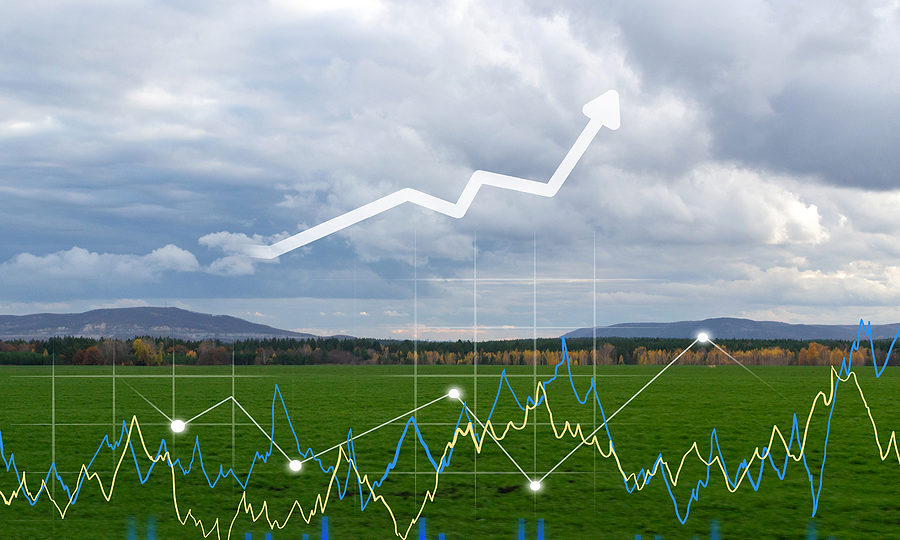A Guide to Farm Financial Analysis
- May 12, 2023
- By Genske, Mulder & Company
- In Uncategorized
- Comments Off on A Guide to Farm Financial Analysis
In the dynamic world of farming, understanding financial analysis is critical for your dairy farm’s sustainability. Here are five essential elements of farm financial analysis that can help ensure the growth and profitability of your operations.
1. The Role of Liquidity in Farm Financial Analysis
Liquidity is a fundamental aspect of farm financials and cannot be overemphasized. Liquidity keeps a farm operational, preventing negative cash flow and meeting financial obligations. You can calculate it by dividing total assets by total liabilities.
A good rule of thumb is to aim for a current ratio greater than 1.5, which indicates a healthy financial status. Working capital is another vital measure, particularly when considering expansion. The formula (total farm assets minus total farm liabilities) divided by total expenses in percentage should ideally yield a result greater than 25%.
2. Solvency Analysis: Assessing Risk and Borrowing Capacity
Solvency refers to a business’s capability to settle all outstanding debts if it were to be liquidated. Solvency ratios provide insights into the correlation between total assets, total liabilities, and net worth.
The debt-to-asset ratio is an insightful solvency measure that shows the proportion of the farm owned by the bank. The higher this ratio, the riskier the farm is considered. A high percentage could limit your ability to secure additional loans. Established farms should aim for a debt-to-asset ratio of up to 30%, while financial institutions typically prefer a ratio below 60% for farms undergoing expansion.
3. The Importance of Profitability Analysis
Your farm must generate profits to withstand tough times and keep the operations running. Profitability refers to the farm’s ability to earn a net return above expenses. One measure of profitability is Net Farm Income (NFI), calculated by deducting operating expenses and depreciation from total revenue and factoring in changes in inventory, market animals, and accounts receivable or payable.
Lenders also pay close attention to ratios such as the Operating profit margin and Return on Assets (ROA), which measure the profit generated per dollar of asset. A business plan that demonstrates an improvement in these ratios over time indicates a farm’s ability to flourish.
4. Repayment Capacity: A Critical Consideration
While repayment capacity isn’t strictly a measure of financial performance, it can be a deciding factor when a farm loan needs restructuring. The term-debt coverage ratio assesses a farm’s ability to repay all short-term and long-term loans. Banks often require a term-debt coverage ratio of at least 1.25 for a business plan to be considered viable.
5. Financial Efficiency: Capital Efficiency Evaluation
Financial efficiency gauges how efficiently a business’s assets generate gross revenues. It is measured by the asset turnover ratio (total revenue divided by total assets). When multiplied by the operating profit margin, this value equals the return on total farm assets. Successful dairy farms typically have a financial efficiency greater than 35%.
Need Help with Your Farm Financial Analysis?
Having a team of knowledgeable and experienced professionals whose expertise aligns perfectly with your farm business will ensure you gain the power to make well-informed business choices and build a solid foundation for immediate and future success. Get started today with Genske, Mulder & Company, LLP, to learn how we can help you Grow and Thrive.

